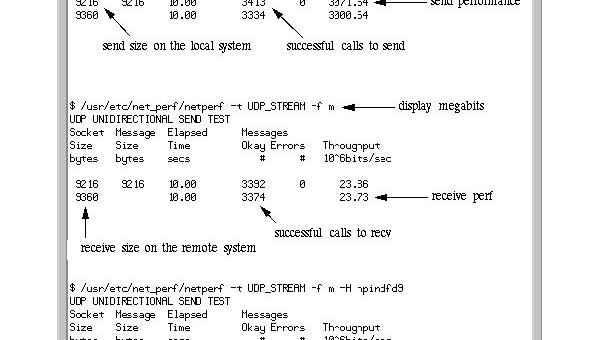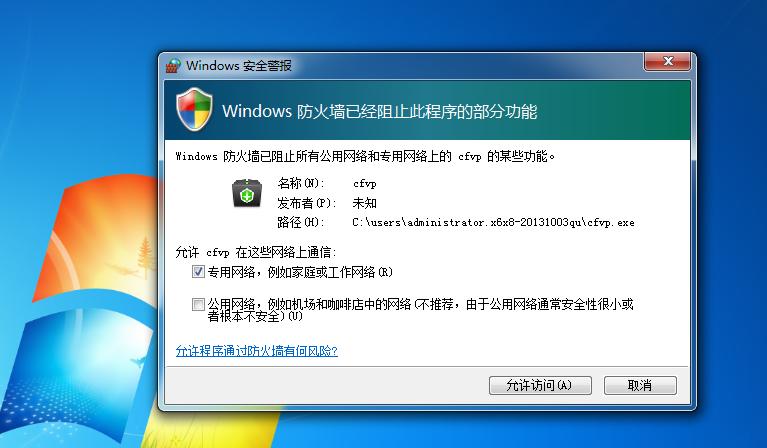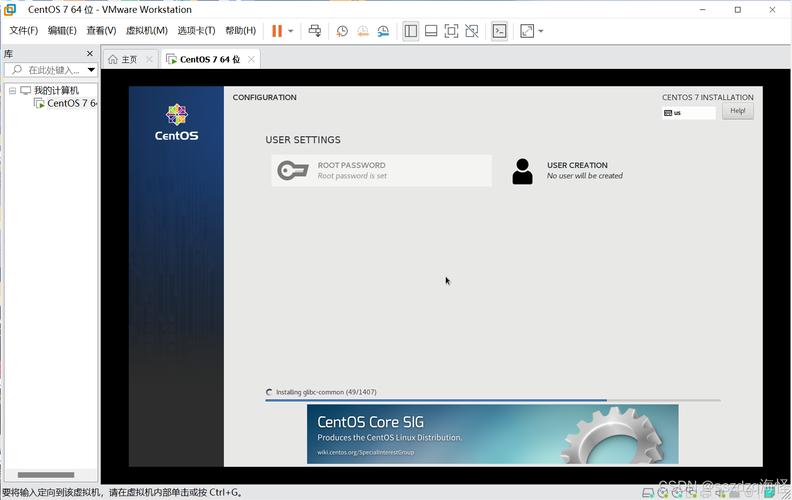这篇文章将为大家详细讲解有关利用angular怎么实现不同的组件间传值与通信,文章内容质量较高,因此小编分享给大家做个参考,希望大家阅读完这篇文章后对相关知识有一定的了解。
父子组件间参数与通讯方法
使用事件通信(EventEmitter,@Output):
场景:可以在父子组件之间进行通信,一般使用在子组件传递消息给父组件;
步骤:
子组件创建事件EventEmitter对象,使用@output公开出去;
父组件监听子组件@output出来的方法,然后处理事件。
代码:
//child组件
@Component({
selector:'app-child',
template:'',
styles:[``]
})
exportclassAppChildComponentimplementsOnInit{
@Output()onVoted:EventEmitter<any>=newEventEmitter();
ngOnInit():void{
this.onVoted.emit(1);
}
}
//parent组件
@Component({
selector:'app-parent',
template:`
<app-child(onVoted)="onListen($event)"></app-child>
`,
styles:[``]
})
exportclassAppParentComponentimplementsOnInit{
ngOnInit():void{
thrownewError('Methodnotimplemented.');
}
onListen(data:any):void{
console.log('TAG'+'---------->>>'+data);
}
}使用@ViewChild和@ViewChildren:
场景:一般用于父组件给子组件传递信息,或者父组件调用子组件的方法;
步骤:
父组件里面使用子组件;
父组件里面使用@ViewChild获得子组件对象。
父组件使用子组件对象操控子组件;(传递信息或者调用方法)。
代码:
//子组件
@Component({
selector:'app-child',
template:'',
styles:[``]
})
exportclassAppChildComponent2implementsOnInit{
data=1;
ngOnInit():void{
}
getData():void{
console.log('TAG'+'---------->>>'+111);
}
}
//父组件
@Component({
selector:'app-parent2',
template:`
<app-child></app-child>
`,
styles:[``]
})
exportclassAppParentComponent2implementsOnInit{
@ViewChild(AppChildComponent2)child:AppChildComponent2;
ngOnInit():void{
this.child.getData();//父组件获得子组件方法
console.log('TAG'+'---------->>>'+this.child.data);//父组件获得子组件属性
}
}非父子组件参数传递与通讯方法
通过路由参数
场景:一个组件可以通过路由的方式跳转到另一个组件 如:列表与编辑
步骤:
A组件通过routerLink或router.navigate或router.navigateByUrl进行页面跳转到B组件
B组件接受这些参数
此方法只适用于参数传递,组件间的参数一旦接收就不会变化
代码
传递方式
routerLink
<arouterLink=["/exampledetail",id]></a>
routerLink=["/exampledetail",{queryParams:object}]
routerLink=["/exampledetail",{queryParams:'id':'1','name':'yxman'}];router.navigate
this.router.navigate(['/exampledetail',id]);
this.router.navigate(['/exampledetail'],{queryParams:{'name':'yxman'}});router.navigateByUrl
this.router.navigateByUrl('/exampledetail/id');
this.router.navigateByUrl('/exampledetail',{queryParams:{'name':'yxman'}});传参方传参之后,接收方2种接收方式如下:
snapshot
import{ActivateRoute}from'@angular/router';
publicdata:any;
exportclassExampledetailComponentimplementsOnInit{
constructor(publicroute:ActivateRoute){};
ngOnInit(){
this.data=this.route.snapshot.params['id'];
};
}queryParams
import{ActivateRoute}from'@angular/router';
exportclassExampledetailComponentimplementsOnInit{
publicdata:any;
constructor(publicactiveRoute:ActivateRoute){};
ngOnInit(){
this.activeRoute.queryParams.subscribe(params=>{
this.data=params['name'];
});
};使用服务Service进行通信,即:两个组件同时注入某个服务
场景:需要通信的两个组件不是父子组件或者不是相邻组件;当然,也可以是任意组件。
步骤:
新建一个服务,组件A和组件B同时注入该服务;
组件A从服务获得数据,或者想服务传输数据
组件B从服务获得数据,或者想服务传输数据。
代码:
//组件A
@Component({
selector:'app-a',
template:'',
styles:[``]
})
exportclassAppComponentAimplementsOnInit{
constructor(privatemessage:MessageService){
}
ngOnInit():void{
//组件A发送消息3
this.message.sendMessage(3);
constb=this.message.getMessage();//组件A接收消息;
}
}
//组件B
@Component({
selector:'app-b',
template:`
<app-a></app-a>
`,
styles:[``]
})
exportclassAppComponentBimplementsOnInit{
constructor(privatemessage:MessageService){
}
ngOnInit():void{
//组件B获得消息
consta=this.message.getMessage();
this.message.sendMessage(5);//组件B发送消息
}
}消息服务模块
场景:这里涉及到一个项目,里面需要实现的是所有组件之间都有可能通信,或者是一个组件需要给几个组件通信,且不可通过路由进行传参。
设计方式:
使用RxJs,定义一个服务模块MessageService,所有的信息都注册该服务;
需要发消息的地方,调用该服务的方法;
需要接受信息的地方使用,调用接受信息的方法,获得一个Subscription对象,然后监听信息;
当然,在每一个组件Destory的时候,需要
this.subscription.unsubscribe();
代码:
//消息中专服务
@Injectable()
exportclassMessageService{
privatesubject=newSubject<any>();
/**
*content模块里面进行信息传输,类似广播
*@paramtype发送的信息类型
*1-你的信息
*2-你的信息
*3-你的信息
*4-你的信息
*5-你的信息
*/
sendMessage(type:number){
console.log('TAG'+'---------->>>'+type);
this.subject.next({type:type});
}
/**
*清理消息
*/
clearMessage(){
this.subject.next();
}
/**
*获得消息
*@returns{Observable<any>}返回消息监听
*/
getMessage():Observable<any>{
returnthis.subject.asObservable();
}
}
//使用该服务的地方,需要注册MessageService服务;
constructor(privatemessage:MessageService){
}
//消息接受的地方;
publicsubscription:Subscription;
ngAfterViewInit():void{
this.subscription=this.message.getMessage().subscribe(msg=>{
//根据msg,来处理你的业务逻辑。
})
}
//组件生命周期结束的时候,记得注销一下,不然会卡;
ngOnDestroy():void{
this.subscription.unsubscribe();
}
//调用该服务的方法,发送信息;
send():void{
this.message.sendMessage(‘我发消息了,你们接受下');//发送信息消息
}这里的MessageService,就相当于使用广播机制,在所有的组件之间传递信息;不管是数字,字符串,还是对象都是可以传递的,而且这里的传播速度也是很快的。
关于利用angular怎么实现不同的组件间传值与通信就分享到这里了,希望以上内容可以对大家有一定的帮助,可以学到更多知识。如果觉得文章不错,可以把它分享出去让更多的人看到。






